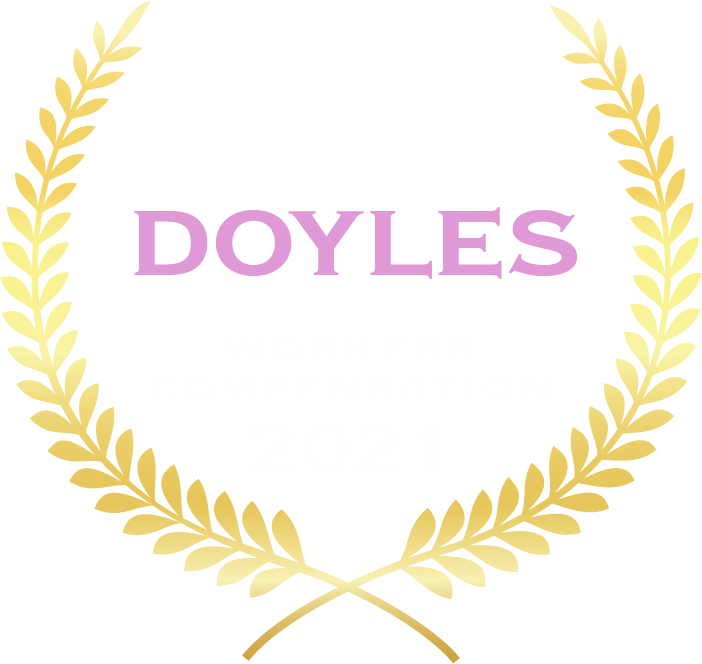On 3 March 2023, the Supreme Court of Victoria handed down an important decision that may impact injured Victorians whose injuries are assessed under the American Medical Association Guides to the Evaluation of Permanent Impairment Fourth Edition (AMA Guides).
Background
In Arik -v- Vicinity Centres PM Pty Ltd [2023] VSC 94, the Plaintiff Ms Arik slipped on a wet floor when visiting the Broadmeadows Centre Shopping Centre on 1 December 2019. She fell onto her right knee suffering injury.
Ms Arik pursued a claim against the shopping centre for her injuries under the Wrongs Act 1958 (Vic). In order to pursue pain and suffering damages, she obtained a certificate from an independent Orthopaedic Surgeon which stated that her physical injuries exceeded the relevant threshold establishing that she had suffered a significant injury. This meant that she could pursue the Defendant for pain and suffering damages as part of her claim.
The Defendant, Vicinity Centres, which owns and operates the shopping centre, referred the matter to the Medical Panel (the Panel). The Panel was tasked with performing a further independent assessment which was final and binding on the parties, save for exceptional circumstances.
On this occasion, the Panel found that Ms Arik’s injury did not meet the significant injury threshold in the Wrongs Act. However, she disagreed with their calculation of her impairment and sought a judicial review of the Medical Panel’s opinion before the Supreme Court of Victoria.
What was in dispute?
Ms Arik argued that the Panel had incorrectly applied the AMA guides when assessing her injuries, particularly the application of section 3.2 – The Lower Extremity found in Chapter 3 – The Musculoskeletal System.
Section 3.2 of the AMA Guides provides numerous methods to assess the broad variety of injuries that can impact a person’s lower extremity e.g. foot, ankle, knee, hip injuries. One of these methods is Section 3.2e – Range of Motion which contains a series of tables that outlines different measurements of a joint’s range of motion to assess the degree of impairment.
Prior to this decision in Arik, the AMA Guides were applied in a way where injuries assessed under Section 3.2e – Range of Motion would take the highest range of motion impairment recorded in the examination.
However, Ms Arik argued that this approach was wrong and that on a plain reading of the AMA Guides, all the range of motion impairments for a particular injured joint were to be combined using the Combined Value Chart at the end of the guides. In short, this Combined Value Guide calculates how impairments are added together (as it is not necessarily simple arithmetic).
The Court accepted Ms Arik’s argument and outlined in their decision that this combined value approach is correct. The Panel’s findings were quashed and Ms Arik was to be sent back to the Panel to be assessed correctly.
What does this mean?
The consequences of Arik are that any lower extremity assessments under Section 3.2e of the AMA Guides now need to apply this combined value approach. This increases the prospect of an injured person being assessed with a higher degree of impairment for lower extremity joint injuries.
For example, let’s say an individual has suffered an injury to their left knee. They are examined by an Orthopaedic Surgeon qualified to perform assessments using the AMA Guides. They find that this individual has a flexion at 70 degrees, flexion contracture to 5 degrees and varus at 2 degrees. Under Section 3.2e of the AMA Guides at Table 41, these injuries would rate the following whole person impairments: 8%, 4% and 4%.
Before the Arik decision, it was accepted that the whole person impairment of that individual’s left knee using Section 3.2e – Range of Motion was 8%. This being the highest range of motion impairment recorded in the examination.
After Arik, these ratings are combined using the Combined Value Chart. Using this chart, 8+4+4 = 16% whole person impairment. This would result in an 8% higher degree of impairment due to this change.
What is the impact of this?
This decision in Arik could have a positive impact on many injured persons pursuing various types of lump sum claims in Victoria.
Under the WorkCover and TAC schemes, it may mean an injured party exceeds the physical injury thresholds to obtain an impairment payment or meet the deemed serious injury test.
For applications under the Wrongs Act, such as Public Liability and Medical Negligence claims, it may mean that an injured party satisfies the significant injury threshold test and can pursue pain and suffering damages.
Overall, this is a win for injured Victorians as it increases the odds of getting a fairer pay-out of compensation for an injury.
What next?
It is understood that this decision in Arik is in the process of being appealed. So whether this approach remains the law in the long term is yet to be seen.
In the immediate term, Arik is the law. That means the AMA Guides should be applied in this manner.
We are already seeing WorkCover agents trying to avoid having to apply the Arik decision. On relevant impairment claims where Section 3.2e of the AMA Guides is applicable, they are writing to claimants offering to amend the outcome of these claims if Arik is upheld on appeal. As a general proposition, we do not agree with this approach.
If this could apply to you, we would strongly encourage you to get in contact for advice from our team of Personal Injury Lawyers in Melbourne. As Accredited Specialists in Personal Injury Law, we can guide you on whether you should be disputing the calculation of your impairment. In our view, Arik should be applied currently to all relevant assessments as it is now the applicable law governing the application of this section of the Guides.











